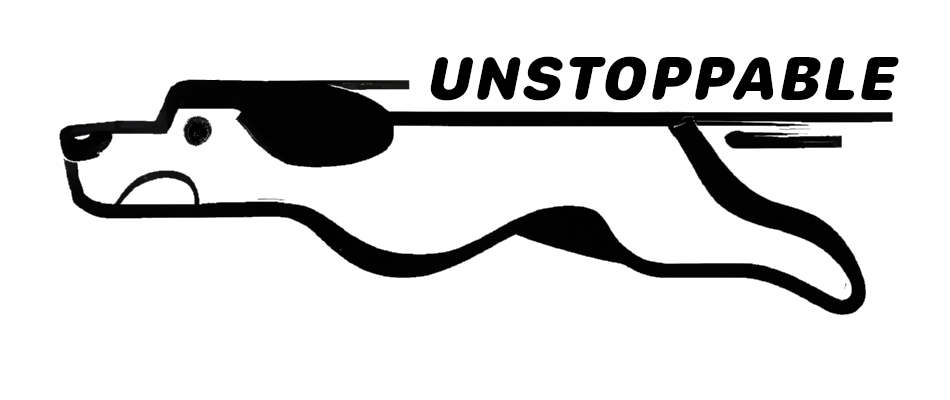…just yet!
When I first started, I used to think of each trick that I teach my puppy as a completely separate behavior. It went like this — I teach “touch”, great, now I teach “sit”, also great, now I teach “back up”. Oops… not so great! Now my puppy sits down while I want her to back up. One of the most common problems while teaching the dog to back up is that the dog sits down immediately after taking one tiny step backwards. But that’s because I have just taught her to do so, haven’t I?
The more new tricks you shape, the more your dog’s range of offered behaviors expands. That also means your dog will offer the previous behaviors while you want to teach a new one. The more similar the behaviors are, the more they interfere with each other and the harder it is to communicate to your dog which one you want. Of course, you can time your clicks/markers better — in this case just click while the dog is still stepping backwards but before it sits down. Easy, isn’t it?
Not really. And even if you time the click perfectly, then there is the part where the dog has to hear your marker and interpret it — “Ah, that was it, the behavior she wanted!”. Which means the more happened between your marker and this realization, the more possible options for what the “it” might mean to the dog. Well, the dog has probably sat down in the meantime…
The solution is to simply reverse the order — first teach the dog to back up, then teach the sit.
Other examples
Hug vs sit pretty
If taught the “sit pretty” first, many dogs will try to sit pretty and grab the object with both paws, in contrast to keeping one paw on the ground and trying to wrap the other one around an object (the hug).
Rollover vs play dead
I find it easier to teach the dog to play dead (dog lying still on their back) and then continue the behavior to get the rollover, than to stop the rollover in the middle to get the “play dead”.
Back up onto an object vs lift the rear foot
I start shaping my dogs to lift their hind foot and stretch it backwards by capturing the moment they lift one paw to back up onto a low box. It’s easier to do when they didn’t yet learn to fully back up into the 2on-2off position. When you isolate the leg lifting part and you want to continue, you can simply keep cueing the dog to back up.
Spins vs wraps around an object
It’s usually easier to get the dog to offer some interaction with an object than a behavior that relies purely on body awareness. Starting with the wraps around an object makes it easier for the dog to then offer the first steps for spins as it already knows the body movement required to do so.
Final thoughts
The above examples are by no means an ultimate order in which you should train your puppy. As always, it’s best to train your dog in a way that you both enjoy. For example I love shaping the spins from scratch – first just a glance to the side, then a head tilt, first step – how exciting! So I actually choose not to teach the puppy to wrap until I shape the spins. Also, I believe that some confusion and working through it does have its place in dog training! But I do like to be able to choose when to work on it and when not to.

This is an interesting read as I can relate to so many of those things. I taught my dog to back up 2on-2off first, and after that it took me forever to shape the rear leg lift. Similarly, Yunhu learned rollover before play dead, and his version of play dead today still often ends with rolling to one side and back lol. We can definitely save ourselves some trouble by planning the order in advance 🙂